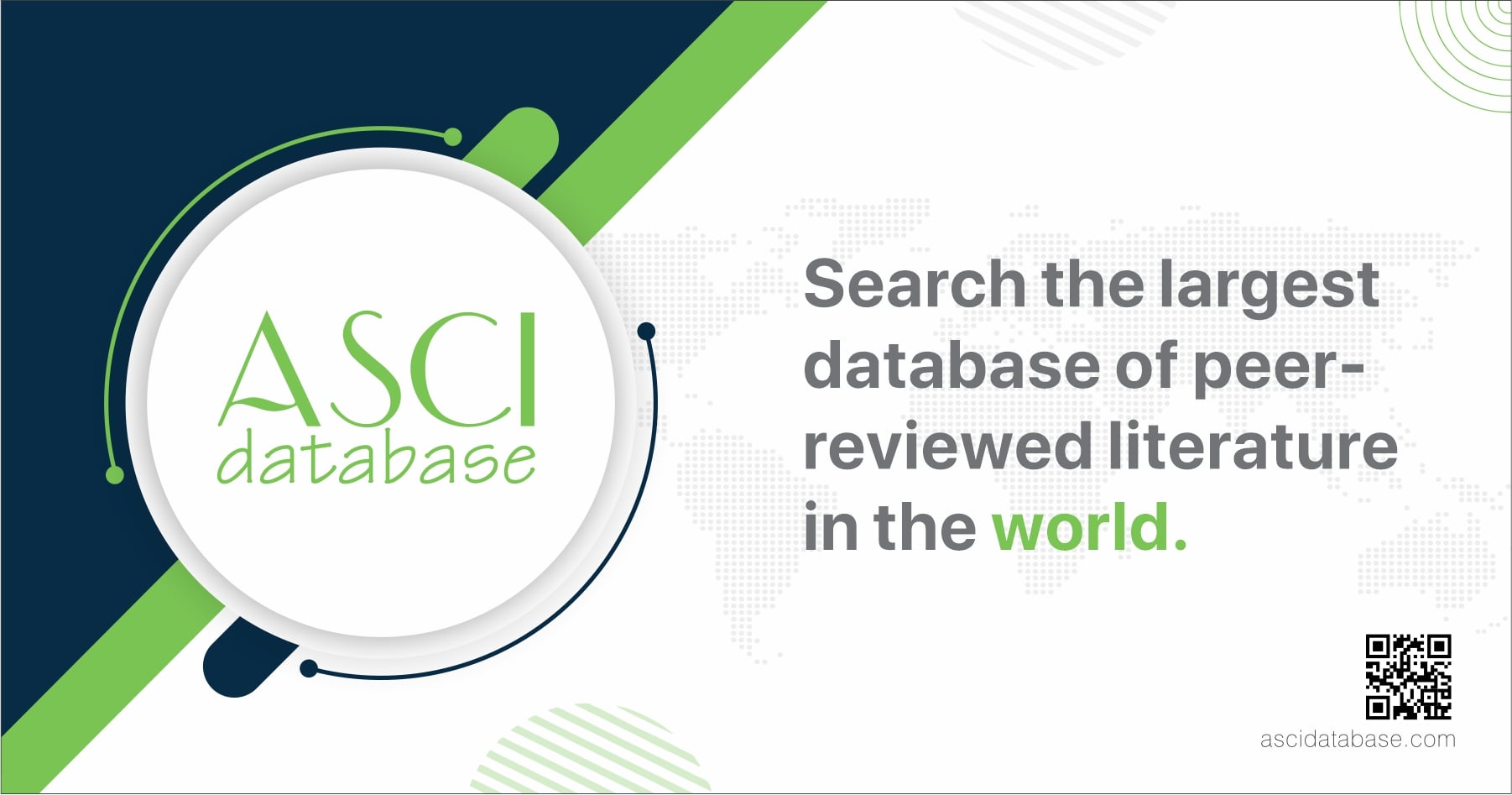Hunger and adaptation practices of the Kazakh village
Views: 382 / PDF downloads: 348
DOI:
https://doi.org/10.32523/2616-7255-2023-145-4-160-177Keywords:
hunger; Kazakh village; refugee; tribal relations; adaptation practices; survival strategiesAbstract
The famine of 1931-1933 caused incalculable damage to the people of Kazakhstan. The horrors of famine that engulfed the republic shocked the whole country. The population affected by hunger fled the country, seeking refuge in other countries. In many villages, only the remains of people who died of starvation remained without burial. This famine had a negative impact on the demography of Kazakhstan. The history of famine is not only statistical indicators of mortality, behind the terrible figures are human destinies. The authors sought to show the transformation of the Kazakh village and the family-hierarchical relations of the period of the Kazakh catastrophe. The article explains the consequences of the famine that occurred in Kazakhstan from 1931 to 1933, the social situation of Kazakh villages and government measures to curb hunger. The actions of the national intelligentsia and citizens against hunger are highlighted. Documents on the history of famine reveal unique pages of adaptation practices of the Kazakh clan, Kazakh family, Kazakh village, conditioned by affective social consciousness. The authors analyzed the behavioral reactions of the population in an extreme situation. The authors attributed to them the search for alternative food sources, antisocial and destructive phenomena of individual behavior, hungry aggression. Uncharacteristic asocial forms of behavior of the Kazakh family were revealed, such as abandonment of children and the elderly, the breakdown of family ties, cannibalism, necrophagia. Family and ancestral memory has preserved a traumatic experience, a story about hunger.
Downloads

Downloads
Published
How to Cite
Issue
Section
License
Copyright (c) 2023 Svetlana O. Smagulova, Yerlan E. Sailaubay, Khalil B. Maslov

This work is licensed under a Creative Commons Attribution-NonCommercial 4.0 International License.







